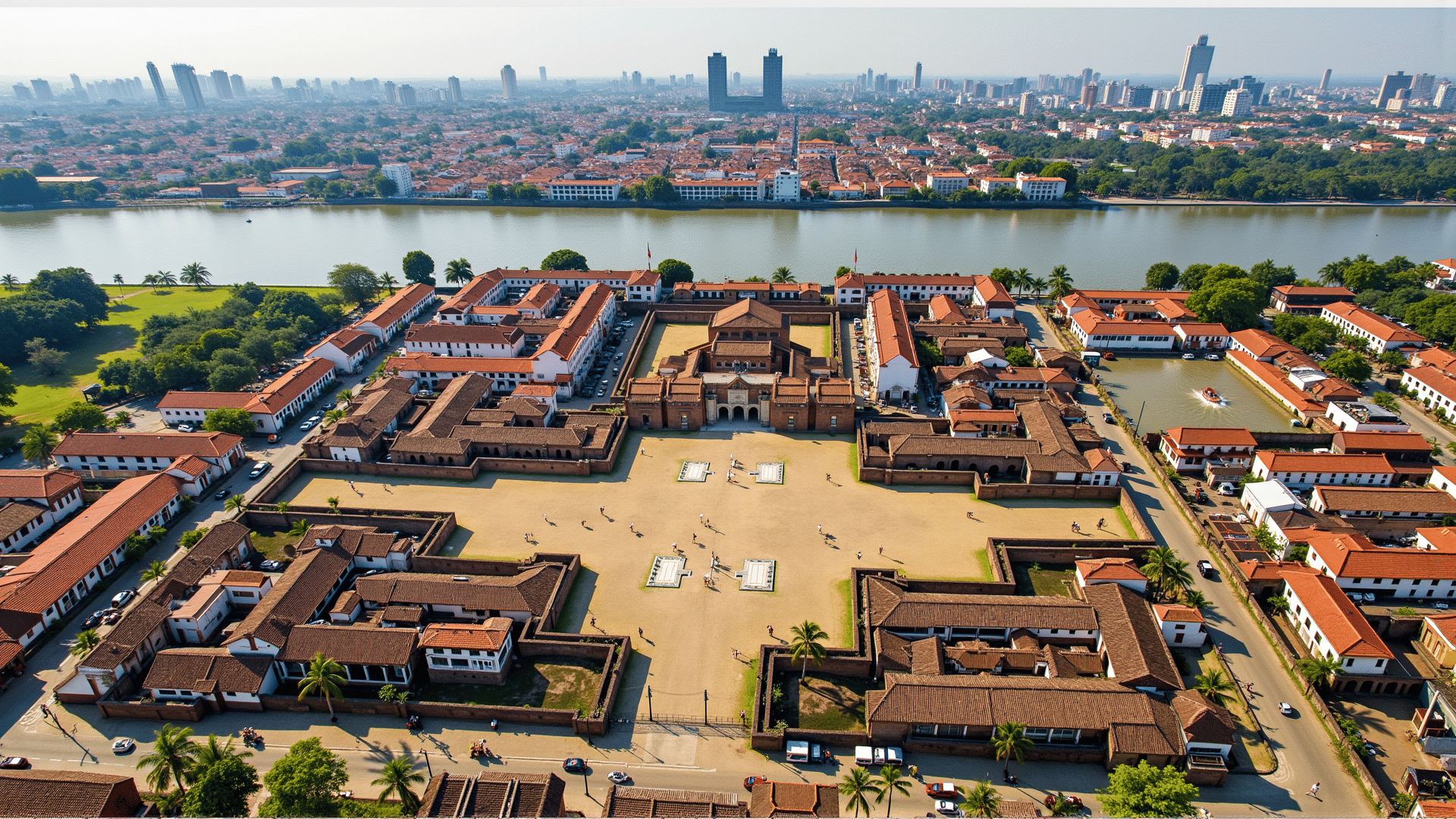Nestled in the heart of Manila lies a district that serves as a portal to the past, offering visitors a glimpse into the rich tapestry of history and culture. Intramuros, known as the "Walled City," stands as a testament to the endurance and legacy of its storied past. As you wander through its cobblestone streets, the echoes of centuries-old tales resonate in every corner.
Intramuros was established during the late 16th century, designed as a fortress to protect the seat of Spanish colonial power. Enclosed within massive stone walls, this 64-hectare enclave represents a fusion of European architectural design and local influences. The walls, thick and imposing, evoke images of a time when defense was paramount, standing in stark contrast to the bustling metropolis that now surrounds them.
A stroll through Intramuros is a sensory experience. The colonial architecture, intricately carved and expertly preserved, captures the eye at every turn. Majestic structures such as the San Agustin Church, a UNESCO World Heritage Site, showcase the baroque artistry of a bygone era. Its ornate interiors and solemn ambiance invite reflection and awe.
Equally captivating is Fort Santiago, a citadel within the city known for its storied past and pivotal role in the nation’s history. Visitors can explore its bastions, wander through the dungeons, and walk the hallowed grounds that bear witness to the fortitude of the human spirit. This site commemorates the life of one of the country's literary figures, José Rizal, who spent his last moments within its confines.
While history permeates its walls, Intramuros is far from being a relic. The district pulsates with life, featuring vibrant courtyards, charming cafes, and artisan shops that offer a blend of traditional and contemporary delights. Horse-drawn carriages, known locally as "kalesa," provide a unique way to explore the area, transporting passengers back in time as they clip-clop through historic routes.
Educational institutions, such as the University of Santo Tomas and the Ateneo de Manila University, once graced Intramuros with academia and learning. Today, new generations of students contribute to the dynamic spirit of the area, integrating the old with the new as they pass between ancient walls.
Events and cultural exhibitions bring Intramuros to life, celebrating the diversity and heritage of its people. Festivals light up the city, filling it with music, dance, and laughter, reminding everyone of the enduring spirit and resilience of its inhabitants.
As you depart from this enclave of history, you carry with you more than just memories; you take with you the stories of an era that laid the foundation for future generations. Intramuros stands as a living museum, where the past and present converge to create a unique and unforgettable experience.
